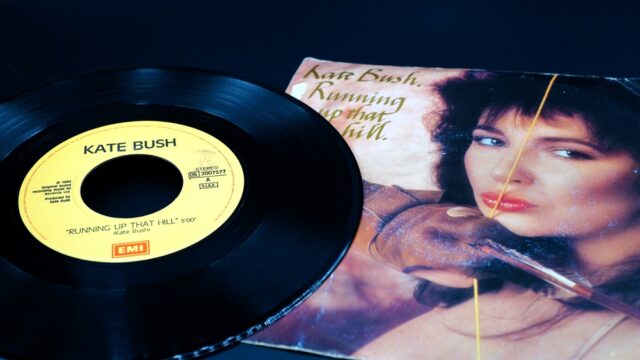
One of the most challenging tasks facing the program director of a radio station or streaming channel is determining when the tastes of the target audience are shifting. While there is no easy or singular solution, it helps to understand how tastes evolve.
When considering music tastes, let’s look at it from the standpoint of the target audience, not an individual listener. For brands that don’t change their target demographic, they must evolve within it. Each year, one set of listeners ages in, while another set ages out. If we were to stop there, evolution would be a rather linear and predictable process. But, for a variety of reasons, it’s not that simple.
First, your target audience evolves in other ways. You may gain a listener when someone moves to your market. You may lose a listener when someone stops commuting to work. You may pick up a listener who sees or hears your advertising. You may lose a listener who discovers a more appealing media option. Your audience is constantly changing, based on a variety of factors.
Additionally, we find that music varies in its staying power. Some songs and artists shine brightly in their heyday but then fade into obscurity. Others maintain a rather steady level of popularity, year after year, even in handoffs from one generation to another. And some, unexpectedly, come roaring back to life, often propelled by a cultural moment (e.g., the 2022 resurgence of the 1985 song “Running Up That Hill” by Kate Bush, after it was featured in Netflix’s Stranger Things). In music, as in investing, past performance is not necessarily indicative of future performance.

Evolution is also impacted by the popular styles of each era. As I explained a few years ago in “The 90s Music Research Conundrum,” the 90s may be a rich decade to mine if you’re in the business of targeting Hip Hop fans, Alternative fans, or Country fans, but it’s been a more challenging era for Pop-based formats to evolve into.
But wait, there’s even more to consider!
One of my favorite music research measures is Compatibility. You can think of Compatibility as cohesion, as the ties that bind collective tastes. Without Compatibility, you have a bunch of songs. With Compatibility, you have a cohesive music recipe that can attract and hold an audience.
When you have a critical mass of compatible songs, you have the hub of a music format. What’s really interesting, and oftentimes challenging, is the process of evolving the focus of a station’s recipe from one hub to another. It’s at these junctures that things can go very right…or very wrong. If the Compatibility between hubs is too weak, you may run off all your old listeners before you are able to attract new ones. Additionally, your transition may be stymied by a competitor that is already established in the space and/or by a failure to evolve how the audience perceives your brand.
It’s also easy to mistime the evolution from one musical hub to the next because it’s not always a smooth transition that is ready to occur when you’re ready for it to occur. Some of this has to do with factors discussed earlier, but some has to do with a process that I liken to interplanetary travel. Compatibility works on music format like gravity works on a planet. Just as gravity would affect your movement from one planet to another, the force of Compatibility will affect your movement from one musical hub to another.
Let’s use the Classic Hits format’s transition from the 70s to the 80s as an example. Initially, there was a time when many felt like the format was too slow to evolve, but the 70s appetite was holding strong, even as listeners aged into and out of the target demo. More and more 80s songs were testing well, but there was not yet enough to overcome the gravitational force of the 70s. But eventually, the format evolved out of the gravitational pull of the 70s and into the gravitational pull of the 80s, and—wham!—a slow transition suddenly became a quick transition into the new lane. When such a change happens, and how strongly it happens, is very difficult to predict but can be detrimental to your product and brand if missed or mismanaged.
The takeaway is to remember that the tastes of your target will never remain static, meaning your brand must evolve with it. Research can help ensure it’s evolving with the optimal blend of music, and moving at their pace, not yours.
